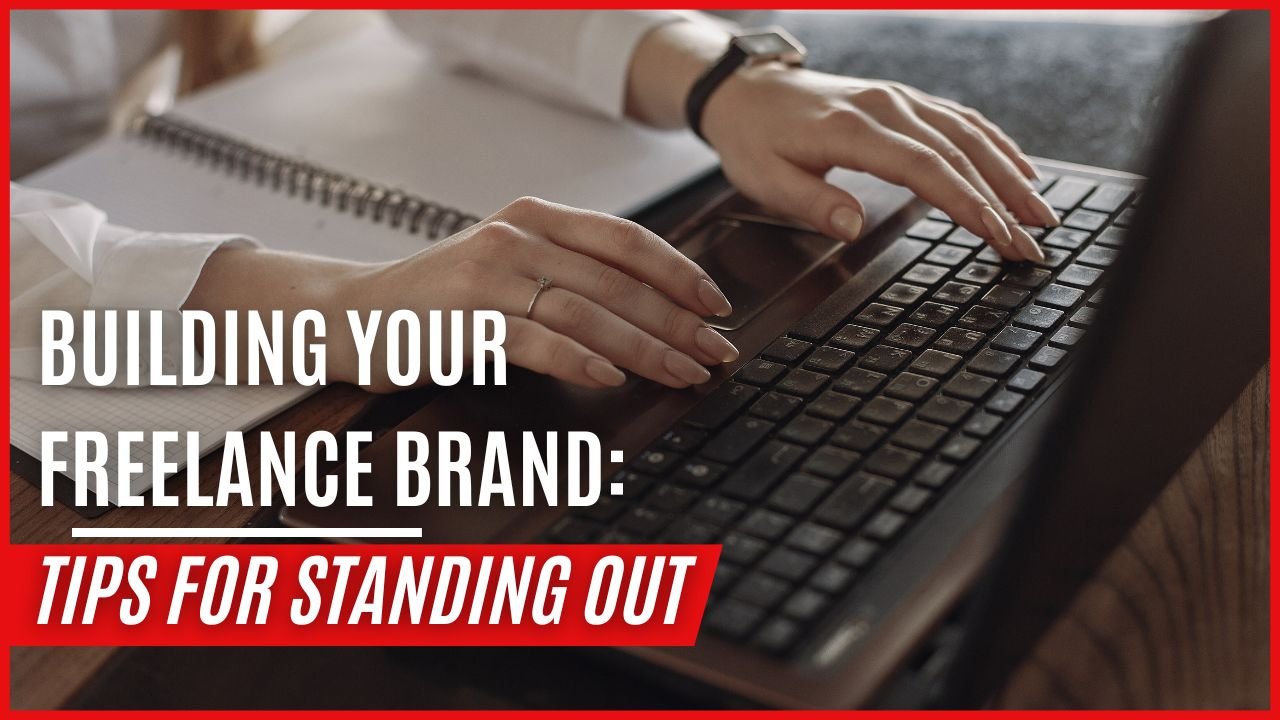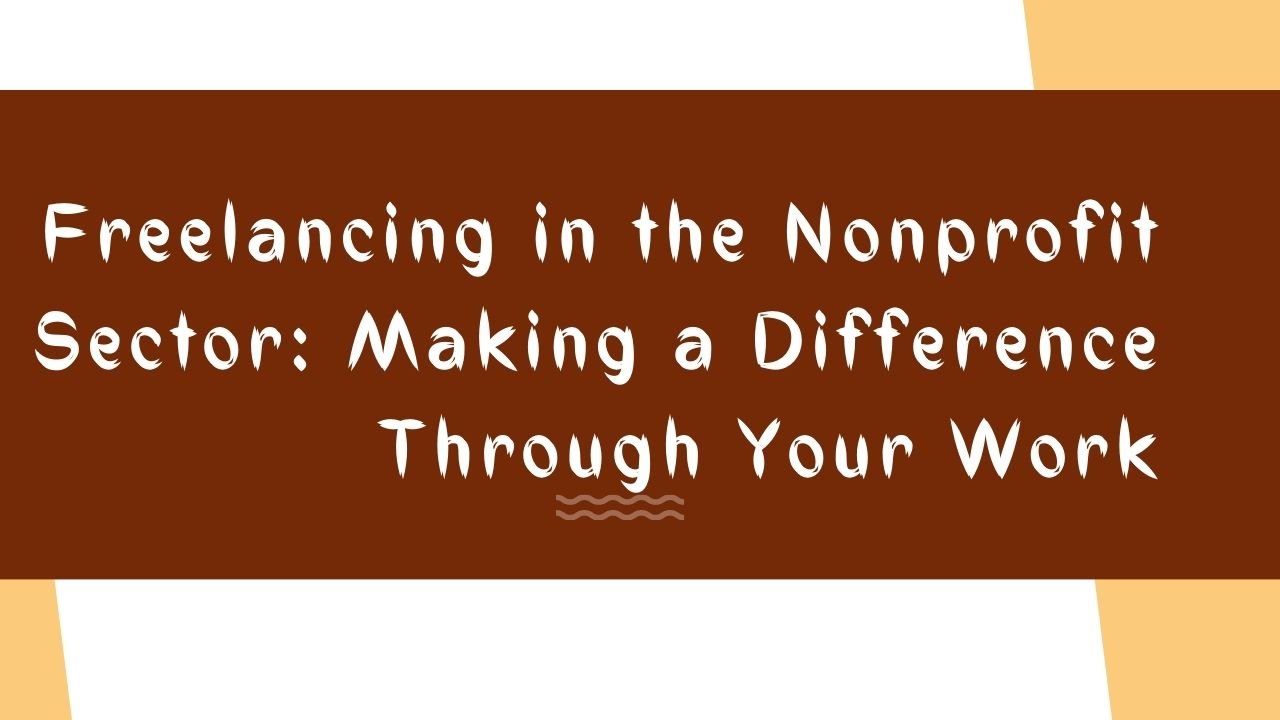As a freelancer, you know how competitive the market is. You are not only competing with other freelancers, but also with agencies, consulting firms, and even your own clients who may want to do the work themselves. How can you stand out from the crowd and showcase your unique value proposition? The answer is branding.
Branding is not just about having a catchy name and a logo. It’s about creating a consistent and compelling identity that reflects your personality, expertise, and values. It’s about telling your story and connecting with your target audience on an emotional level. It’s about making a promise and delivering on it.
In this article, we will share some tips on how to build your freelance brand that will wow your clients and leave your competitors behind.
1. Define Your Business
The first step to building your freelance brand is to define your business. What do you do? Who do you serve? What problems do you solve? What benefits do you offer? What makes you different from others?
These questions will help you clarify your niche, your value proposition, and your positioning. You need to have a clear idea of what you stand for and what you can offer to your clients.
For example, if you are a web developer, you may want to specify what kind of websites you create, what technologies you use, what industries you specialize in, what results you can achieve, etc.
2. Choose Your Brand Name
The next step is to choose a name for your freelance business. Your name should be memorable, relevant, and consistent with your brand identity. You can use your own name or create a business name that tells people what you do in a snappy, artful way1.
Some examples of creative freelance brand names are:
- Purple Spider Web Design – web developer & designer
- KnitBit – UI and packaging designer
- Making That Website – web developer
- Chapters of May – content creator
- Redstone Media – professional photographer and filmmaker
You should also check the availability of the domain name that matches your brand name. You can use free domain name generators like Wordroid or DomainHole to find some options1.
3. Design Your Logo
Your logo is the visual representation of your brand. It should be simple, distinctive, and recognizable. It should also reflect your style, personality, and values.
You can design your own logo using online tools like Canva or LogoMaker, or hire a professional designer to create one for you. You can also get some inspiration from other freelancers’ logos.
Some examples of outstanding freelance logos are:
Zachary Lucy Photography – a camera lens with the initials ZL inside[^1^][2]
Icoeye – an eye icon with pixelated details[^1^][2]
AM Translation Services – a globe with the letters AM on it[^1^][2]
Three Owl Media – three owls forming a triangle[^1^][2]
Copy
4. Create Your Portfolio
Your portfolio is the showcase of your work and skills. It’s where you can demonstrate your expertise, creativity, and quality. It’s also where you can impress your potential clients and convince them to hire you.
Your portfolio should include:
- A brief introduction of yourself and your services
- A selection of your best projects with descriptions, screenshots, links, testimonials, etc.
- A clear call to action that invites visitors to contact you or hire you
You can create your portfolio using platforms like WordPress, Squarespace, Wix, or Behance. You can also check out some examples of great freelance portfolios here.
5. Develop Your Voice
Your voice is the tone and style of your communication. It’s how you express yourself through words and images. It’s also how you convey your personality, values, and emotions.
Your voice should be consistent across all your channels and touchpoints. It should also match your target audience’s preferences and expectations.
Some tips to develop your voice are:
- Think about how you want to sound: friendly, professional, humorous, authoritative, etc.
- Use words and phrases that reflect your voice
- Avoid jargon, slang, or acronyms that may confuse or alienate your audience
- Use active voice instead of passive voice
- Use short sentences and paragraphs
- Use punctuation, emojis, or other elements to add emphasis or emotion
6. Build Your Online Presence
Your online presence is the sum of all your digital assets and activities. It’s how you appear and interact on the internet. It’s also how you attract, engage, and retain your audience.
Your online presence should include:
- A website or a landing page that showcases your brand, portfolio, and contact details
- A blog or a newsletter that provides valuable content and showcases your expertise
- A social media profile or a page that connects you with your audience and promotes your services
- An online profile or a listing on freelance platforms or directories that exposes you to more clients
You should also optimize your online presence for search engines and user experience. You can use tools like Google Analytics, Google Search Console, or Moz to monitor and improve your performance.
7. Network with Other Freelancers
Networking with other freelancers can help you:
- Find referrals, collaborations, or partnerships
- Get feedback, advice, or support
- Stay updated on the latest trends, tools, or best practices
- Expand your reach and visibility
You can network with other freelancers by:
- Joining online communities, forums, or groups on platforms like Facebook, LinkedIn, Reddit, etc.
- Attending online or offline events, workshops, or meetups
- Reaching out to freelancers you admire or want to work with
- Sharing your work, insights, or opinions on social media or blogs
8. Ask for Testimonials and Reviews
Testimonials and reviews are the feedback from your past or current clients. They are the proof of your credibility, quality, and satisfaction. They are also the social proof that influences other people’s decisions.
Testimonials and reviews can help you:
- Build trust and reputation
- Showcase your results and impact
- Highlight your strengths and benefits
- Overcome objections and doubts
You can ask for testimonials and reviews by:
- Sending a follow-up email or a survey after completing a project
- Asking for a rating or a comment on freelance platforms or directories
- Offering an incentive or a discount for leaving a feedback
- Displaying your testimonials and reviews on your website, portfolio, or social media
9. Keep Improving Your Brand
Your brand is not static. It evolves as you grow your skills, experience, and reputation. It also adapts to the changing needs, preferences, and expectations of your audience.
You should keep improving your brand by:
- Updating your portfolio with new projects and achievements
- Refreshing your website, logo, or voice with new designs or styles
- Experimenting with new channels, formats, or strategies
- Asking for feedback from your clients, peers, or mentors
- Learning new skills, tools, or trends
Conclusion
Building your freelance brand is not a one-time thing. It’s an ongoing process that requires creativity, consistency, and commitment. But it’s worth it.
A strong freelance brand can help you stand out from the crowd, attract more clients, and grow your business. It can also help you enjoy more freedom, flexibility, and fulfillment as a freelancer.
So what are you waiting for? Start building your freelance brand today!
Freelance Photography: Tips for Building a Successful Business




